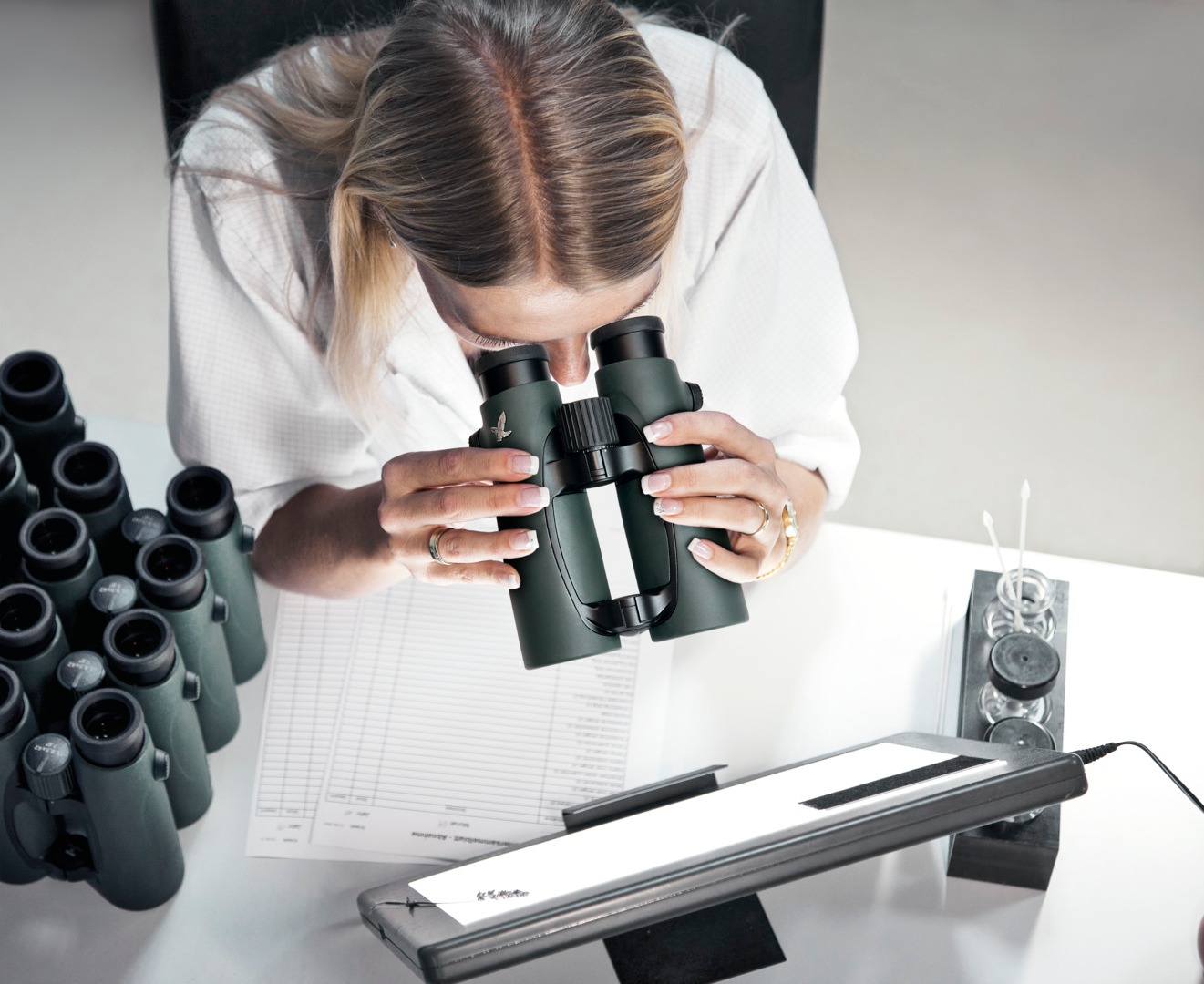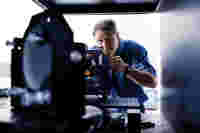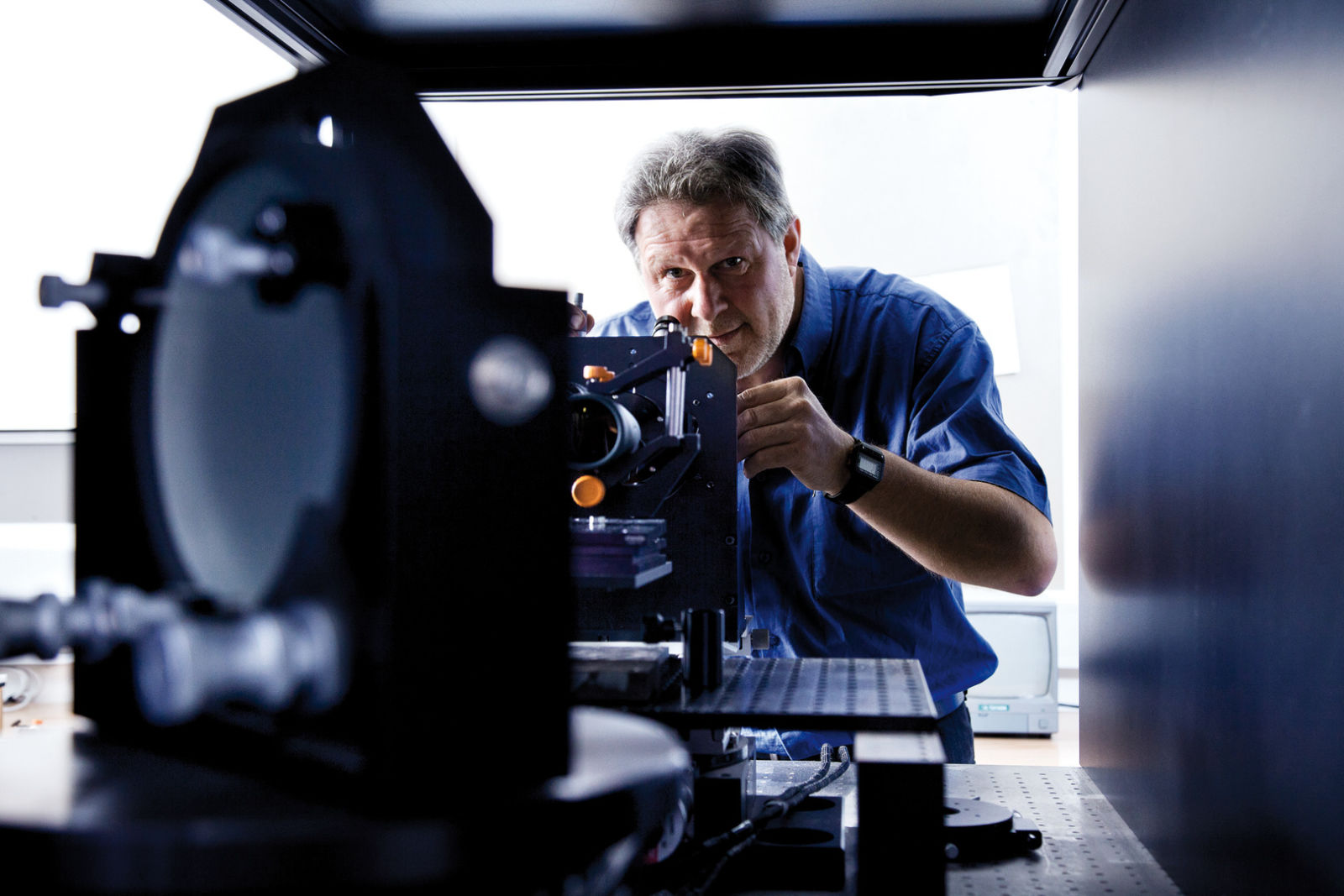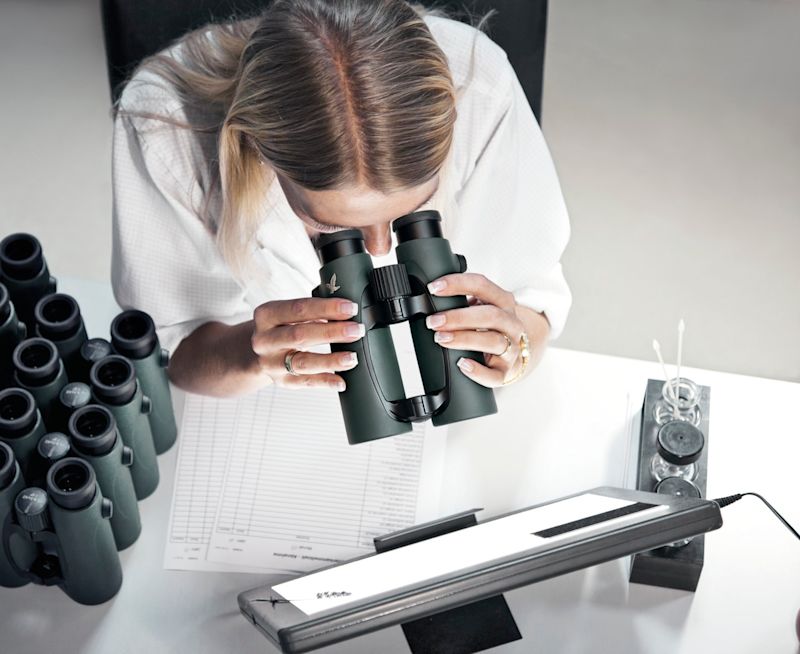IMAGE QUALITY IS ONE OF THE KEY FEATURES OF A LONG-RANGE OPTICAL INSTRUMENT.
HIGH IMAGE QUALITY ENSURES YOU SEE THE WORLD IN ITS MOST NATURAL FORM. FRANZ
ERLER AND DANIEL ROTTER FROM SWAROVSKI OPTIK HAVE PULLED OUT ALL THE STOPS TO
ENSURE THEIR DEVICES MEET THE VERY HIGHEST STANDARDS. THEY ALSO REVEAL HOW THEY
TEST THE IMAGE QUALITY OF BINOCULARS AND SPOTTING SCOPES.
If anyone deserves to be called a “rock,” it’s Franz Erler. He joined SWAROVSKI OPTIK in 1979 and now heads up Quality Assurance, where he is currently passing on his wealth of knowledge to his successor, Daniel Rotter. These two natives of the Austrian Tyrol and their team play a vital role in ensuring that every long-range optical device manufactured in Absam meets the very highest standards. They know binoculars and spotting scopes inside out and understand exactly how to meet their customers’ expectations and requirements.
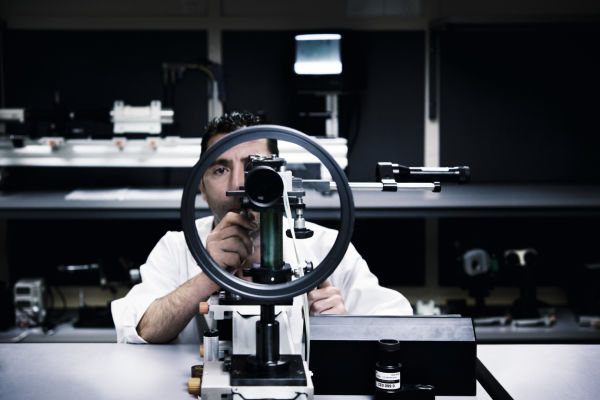
Image quality
MESMERIZED BY THE MOMENT
Image quality is what separates premium products from mass market goods. It is composed of high color fidelity, minimal color fringing, and a razorsharp image right to the edge.
“Our philosophy is to create an image of the scenery that is as precise and natural as possible – just bigger,” says Franz Erler. The idea of virtual reality glasses – often referred to with the buzzword “immersive” – has long been an issue in the field of long-range optics. “The viewer should feel connected with the moment and with nature,” stresses Daniel Rotter.
EVERY HOUR INVESTED IS VISIBLE
This requires what Erler calls a “balanced overall
optics package.” For him, this starts with clever
design, continues to manufacturing technology
involving tolerances of 1/10 of a hair’s breadth,
and moves on to regular inspections during
assembly. “It’s vital to ensure that all the different
areas and technologies are interlinked. It’s a big
help that all the technologies we need are available
at our Tyrol facility,” says Erler. “We also
take the time to make sure the product is perfect
when we launch it on the market. That’s how we
created our greatest masterpieces, such as the
EL binoculars.”
Every SWAROVSKI OPTIK product passes
through quality assurance before it leaves the
factory. The team subjects it to a rigorous set of
checks. They still use visual testing, similar to the
test card that used to be used on TV in the 1990s.
The trained eyes of the inspection team are able
to “pick out an incredible amount,” says Erler.
For high precision measurements, the optics are
tested with lasers.
However, the hard work that goes into making the best possible product is not an end in itself. High image quality allows users of the devices to immerse themselves in a beautiful moment, but it also has many practical advantages.
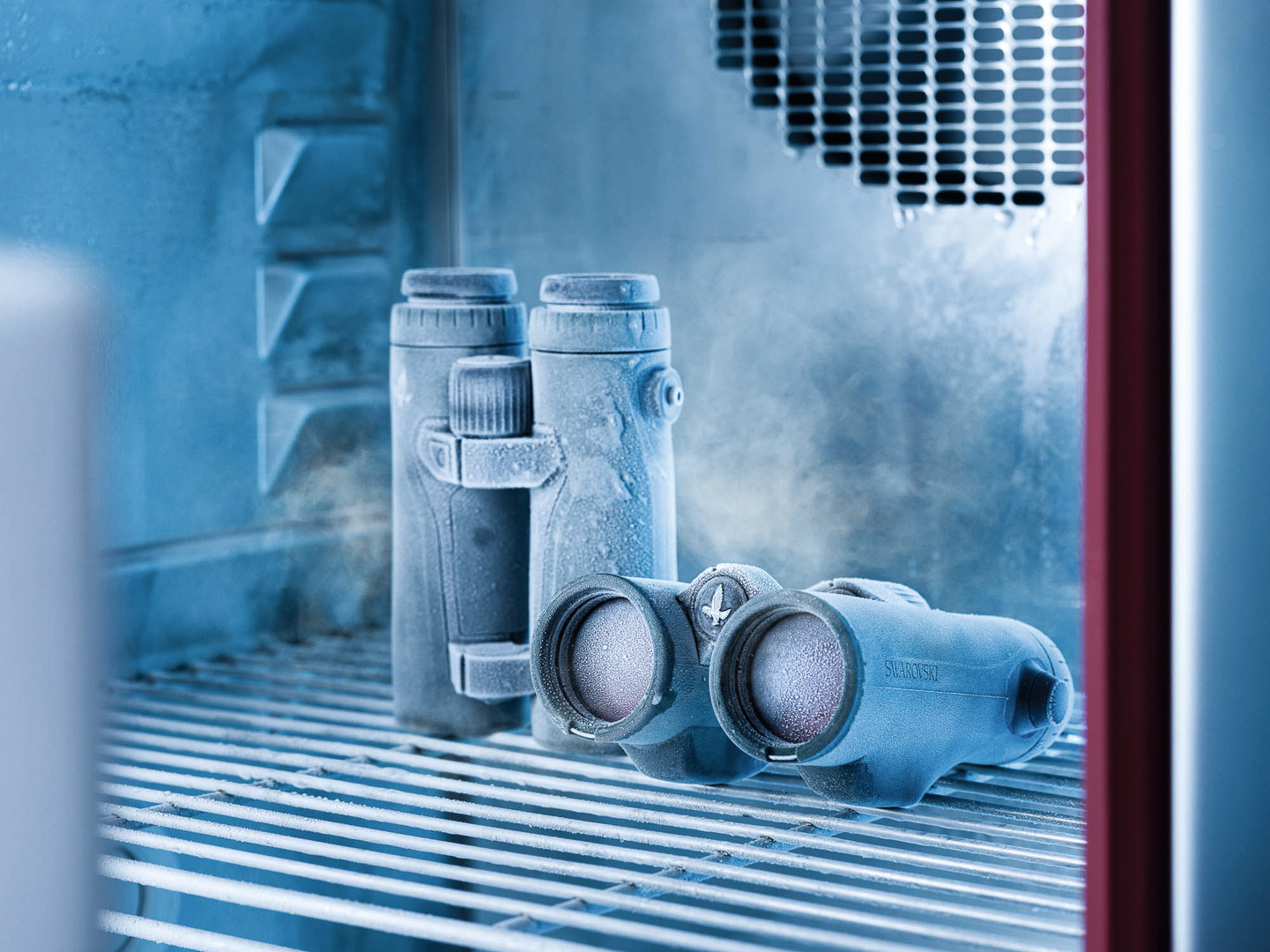
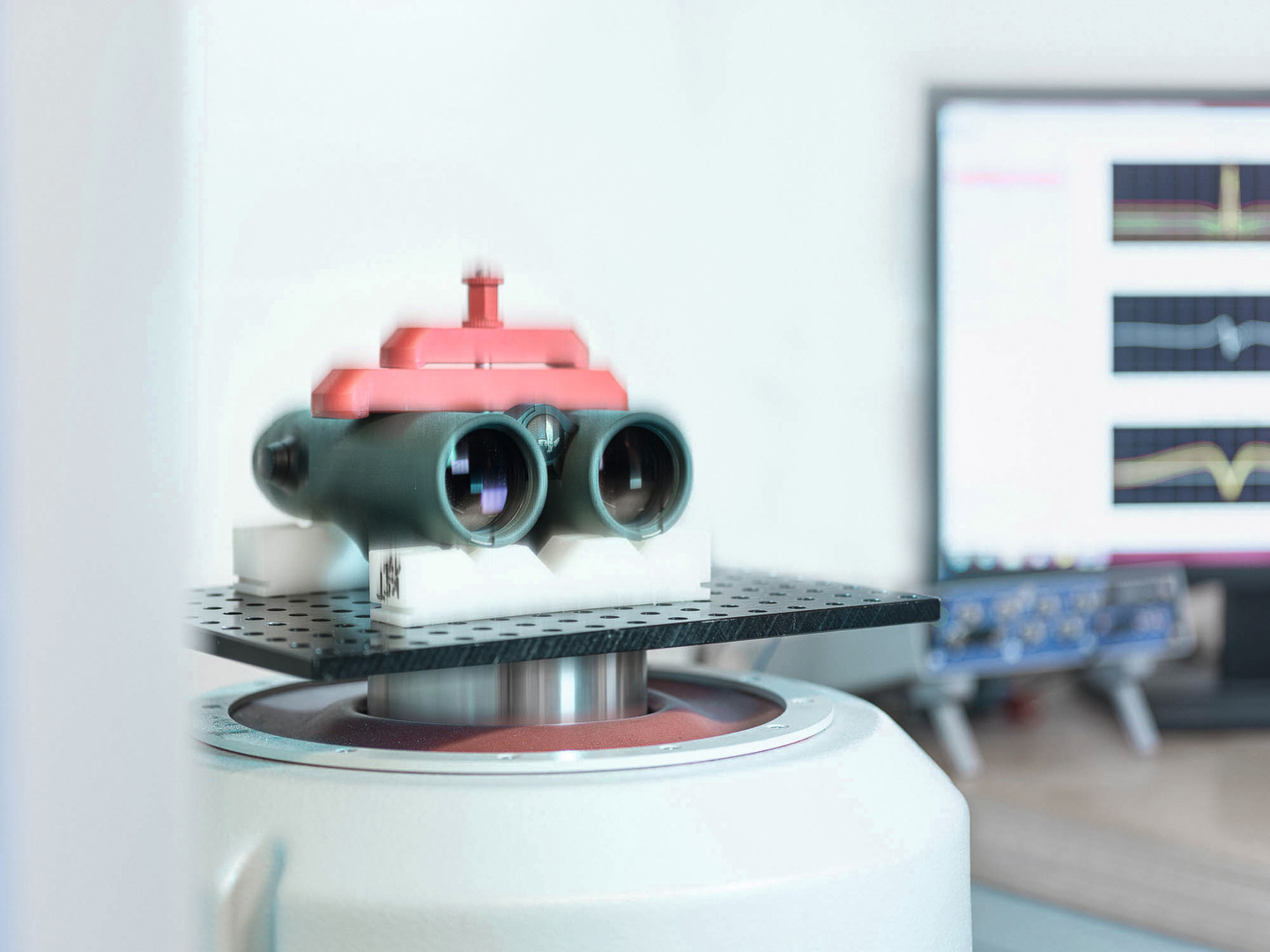
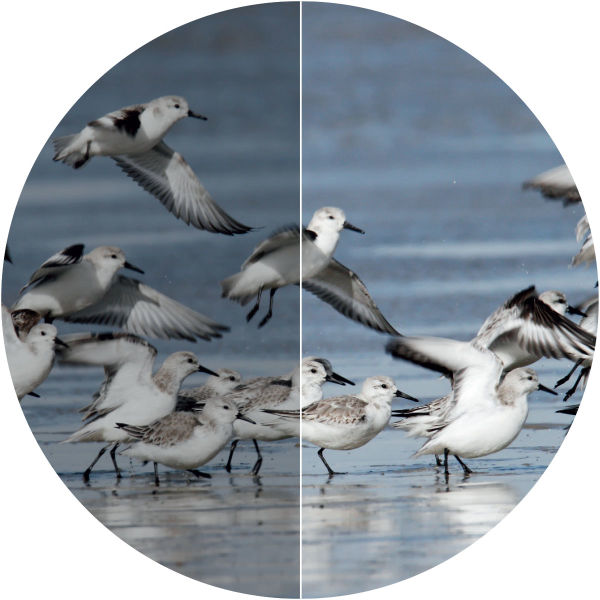
Color fidelity
WITH THE GAZE OF A BIRDER
In birding it is something that is crucial for correctly identifying bird species, which can often only be distinguished through slight differences in their color, shape, or size. The natural representation of colors – color fidelity – is vital for birders.
TECHNOLOGY IS HUMAN
“Delivering the best possible image quality means
top-quality components, from lenses and prisms
to the tiniest mechanical parts,” says Daniel Rotter.
An example of this is again the EL binoculars, which
combine the whole optical package that Franz Erler
referred to at the beginning. They have field flattener
lenses to flatten the image, coatings to optimize the
color rendering, and an HD optical system with
fluoride-containing lenses to minimize color fringing
while increasing resolution and contrast.
So are we at the end of the journey? Have we reached absolute perfection in terms of image quality? “We’re already very close to perfection,” says Franz Erler, “but it’s always possible to tweak it a little more.” Daniel Rotter points to the latest trends in technology: new types of glass, better lubricants and auxiliary materials, the use of magnesium for housings, new surface coatings, and increasingly precise manufacturing processes have revolutionized long-range optics in recent years. For him, the most exciting development at the moment is “aspherical lenses,” which are already being used in smartphone cameras.
But they both agree that what matters most is the
people behind the products. “The desire of the
project team to build the best device in the world
is a hugely important factor,” says Erler. “In other
words: technology can only be as good as the
people who produce it.”

